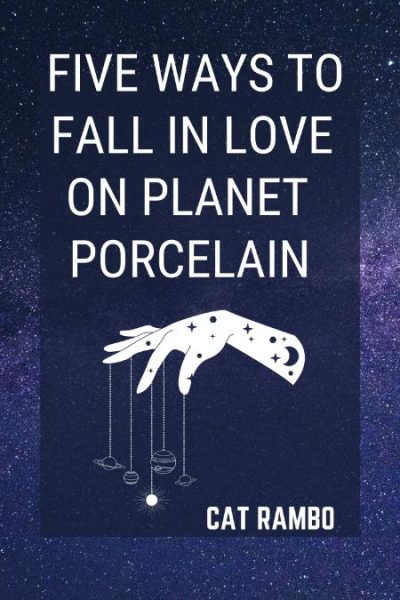It’s the time of year when people are contemplating submissions to workshops like Clarion, Clarion West, Odyssey, Taos Toolbox, and a myriad of others. Here’s seven tips to help with yours.
- Don’t put it off till the last minute. I used to do this sort of thing too, in school, because it was always so satisfactory to manage to pull a good grade out of your butt. But one thing I’ve learned is that time spent planning pays off, even if it’s just taking the time to get a little bit done or outlined each day.
- Read it aloud before you send it off. I can’t begin to say how helpful this is when catching typos and other glitches that make your submission seem less than professional.
- Color between the lines this time. Follow the directions and don’t send a piece that’s longer than the guidelines say.
- Get someone else to read it. If only for your own piece of mind. Have them read the copy you’re sending – that way if you’re sending hard copy, they’ll catch that missing page that somehow didn’t get collated.
- Pick something interesting. A piece that shows you at your most adventurous and best, a piece that shows you’re willing to take risks.
- Play to your strengths. If you do killer dialogue, choose a piece that shows that.
- Pay attention to the statement of purpose and say who YOU are, not what you think the readers want to hear.
Enjoy this writing advice and want more like it? Check out the classes Cat gives via the Rambo Academy for Wayward Writers, which offers both on-demand and live online writing classes for fantasy and science fiction writers from Cat and other authors, including Ann Leckie, Seanan McGuire, Fran Wilde and other talents! All classes include three free slots.
Prefer to opt for weekly interaction, advice, opportunities to ask questions, and access to the Chez Rambo Discord community and critique group? Check out Cat’s Patreon. Or sample her writing here.






